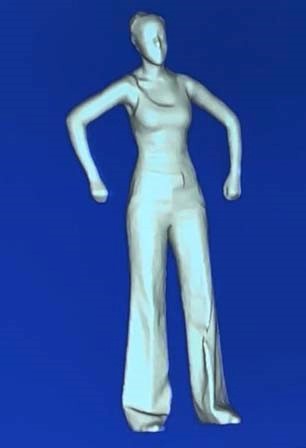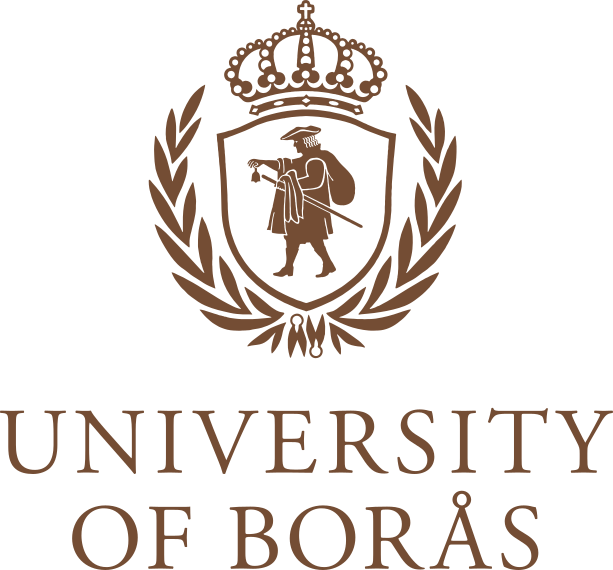Bodyscanning meets CLO 3D
2025-01-27
By combining digital garment simulations with accurate body measurements from body scanning, the study aims to improve fit, reduce the need for physical prototypes, and thereby promote a more sustainable design and production process. The results show that these technologies can reduce resource consumption and improve design precision, leading to a more personalized customer experience and a more efficient production process.
Purpose
The purpose of the study was to gain an understanding of how CLO 3D and body scanning work both individually and in combination, and to investigate the technology’s potential to streamline the design process and strengthen the sustainability of fashion production, using Eton shirts as an example.
Method
This study applies a qualitative and practical method to investigate the integration of CLO 3D and body scanning in the fashion industry. Through a field study, body scanning was performed using Human Solutions Assyst AV to create a digital avatar, which was then tested in CLO 3D to simulate fit and garment design. Data was collected through practical experiments, field notes and observations where technical aspects and workflows were analyzed. Ethical considerations included anonymization of body measurements and secure handling of collected data.
Results
The study shows that the integration of CLO 3 and body scanning can improve fit and streamline the design process in the fashion industry. Body scanning enabled high precision in body measurements, but compatibility issues between avatar formats in Human Solutions Assyst AV and CLO 3D created technical obstacles. CLO3D proved to be a powerful tool for simulating garments and reducing the need for physical prototypes, which can lead to reduced material waste and shorter development time. However, challenges arose in accurately simulating certain material properties. The study also identifies that successful implementation of these technologies requires standardization, training and investment. But in the long term they can contribute to a more sustainable and customized fashion production.
Recommendations
To take this further, I recommend that the University of Borås integrates more practical elements around CLO 3D and Bodyscanning in our programme. This would not only give students a competitive advantage in the job market but also strengthen the connection between theory and practice.

Project details
Title: Bodyscanning meets CLO 3D
Year: 2025
Course: Field study
Programme: Bachelor Programme in Textile Management, with specialization in Fashion and Retail
Authors: Hani Awes and Edom Tekie
Supervisors: Lars Hedegård and Marianne Louwerse
Technology: Clo3D – Body scanner
Hani Awes and Edom Tekie

